Home>Gardening & Outdoor>Landscaping Ideas>When To Seed Grass In Indiana
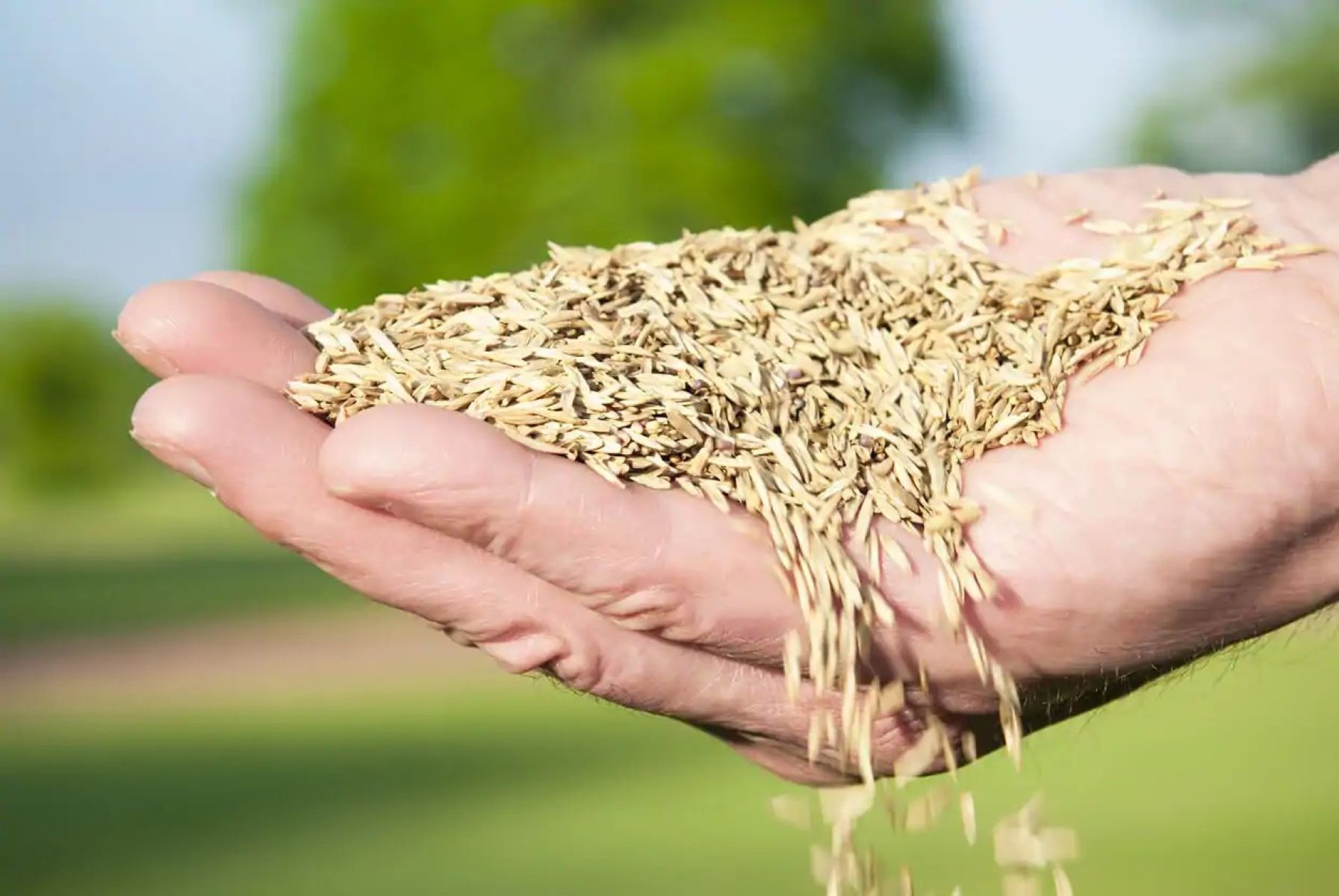

Landscaping Ideas
When To Seed Grass In Indiana
Modified: March 24, 2024
Learn the best times for seeding grass in Indiana and get expert landscaping ideas to achieve a lush, healthy lawn. Discover the ideal conditions for successful grass seeding.
(Many of the links in this article redirect to a specific reviewed product. Your purchase of these products through affiliate links helps to generate commission for Storables.com, at no extra cost. Learn more)
**
Introduction
**
Indiana's diverse climate and soil conditions make it an ideal location for a variety of grass species. Whether you're establishing a new lawn or rejuvenating an existing one, understanding the best time to seed grass in Indiana is crucial for success. By considering the region's unique environmental factors and selecting the appropriate grass type, you can ensure a lush and vibrant lawn that thrives throughout the seasons. In this comprehensive guide, we will explore the optimal timing for seeding grass in Indiana, the most suitable grass species for the region, and the essential steps for preparing the soil and nurturing newly seeded grass. Whether you're a seasoned gardener or a first-time homeowner, this article will equip you with the knowledge and insights needed to achieve a flourishing lawn in the Hoosier State.
**
Key Takeaways:
- Timing is crucial for seeding grass in Indiana. Cool-season grasses thrive when seeded in early fall, while warm-season grasses are best seeded in late spring to early summer.
- Proper soil preparation and care are essential for nurturing newly seeded grass. This includes soil testing, weed removal, watering, mowing, and fertilization to ensure a vibrant and resilient lawn.
Read more: When To Plant Grass Seed In Indiana
Climate and Soil Conditions in Indiana
**
Indiana experiences a diverse climate, characterized by hot summers and cold winters. The state is situated in the transition zone, where both cool-season and warm-season grasses can thrive under the right conditions. Northern Indiana tends to have slightly cooler temperatures, while the southern regions are known for their warmer climate. This climatic variation influences the selection of grass species for different parts of the state.
When considering soil conditions, it’s essential to note that Indiana boasts a range of soil types, including fertile loam, clay, and sandy soils. The soil pH levels can also vary across the state, affecting the overall health and growth of grass species. Understanding the specific climate and soil conditions in your area is crucial for determining the most suitable grass type and the optimal timing for seeding.
Overall, Indiana’s climate and soil conditions create a dynamic environment for cultivating healthy and resilient lawns. By leveraging this understanding, homeowners and landscapers can make informed decisions when it comes to selecting and seeding grass varieties that are best suited for the region’s unique characteristics.
Types of Grass Suitable for Indiana
When it comes to selecting grass species for Indiana’s diverse climate and soil conditions, several options stand out as particularly well-suited for the region. Cool-season grasses, such as Kentucky bluegrass, perennial ryegrass, and fine fescue, thrive in the northern parts of the state, where temperatures tend to be cooler. These grasses exhibit excellent cold tolerance and can withstand the seasonal fluctuations in Indiana’s climate.
For the southern regions of Indiana, where warmer temperatures prevail, warm-season grasses like zoysia grass, Bermuda grass, and buffalo grass are popular choices. These grass species are known for their heat tolerance and ability to flourish in the southern climate. Selecting the appropriate grass type based on your specific location within Indiana is essential for establishing a resilient and visually appealing lawn.
It’s important to consider factors such as shade tolerance, drought resistance, and maintenance requirements when choosing a grass species. For areas with limited sunlight, shade-tolerant varieties like fine fescue and certain types of perennial ryegrass can thrive. Conversely, open, sunny areas may benefit from the resilience of Kentucky bluegrass or the heat tolerance of Bermuda grass.
By understanding the unique characteristics of each grass species and their compatibility with Indiana’s climate and soil conditions, homeowners and landscapers can make informed decisions about the most suitable grass types for their lawns. This thoughtful selection process sets the foundation for a thriving and visually appealing lawn that enhances the outdoor landscape.
Best Time to Seed Grass in Indiana
Timing is crucial when it comes to seeding grass in Indiana, as it directly impacts the success and long-term health of the lawn. The optimal time for seeding grass in Indiana largely depends on the type of grass being planted and the specific climatic region within the state.
For cool-season grasses, such as Kentucky bluegrass, fine fescue, and perennial ryegrass, the ideal time to seed is during the early fall, typically from mid-August to mid-September. During this period, the soil is still warm from the summer months, promoting seed germination, while the cooler air temperatures create favorable conditions for grass establishment. Additionally, the fall timing allows the grass to develop strong roots before the onset of winter, setting the stage for robust growth in the following spring.
Conversely, warm-season grasses, including Bermuda grass, zoysia grass, and buffalo grass, are best seeded in late spring to early summer, typically from mid-May to mid-June. These grass species thrive in the warmer temperatures of Indiana’s southern regions, and the late spring seeding allows them to take advantage of the upcoming summer heat for optimal growth and establishment.
It’s important to note that the timing for seeding grass may vary slightly based on the specific microclimates within Indiana. Factors such as elevation, proximity to bodies of water, and urban heat islands can influence local temperatures and weather patterns, thereby impacting the ideal seeding window for grass establishment.
By aligning the seeding schedule with the natural growth patterns of the selected grass species and the regional climate variations, homeowners and landscapers can maximize the success of their lawn establishment efforts. This strategic approach to timing sets the stage for a resilient and visually appealing lawn that thrives in Indiana’s dynamic environmental conditions.
The best time to seed grass in Indiana is in late summer or early fall, typically between mid-August and mid-September. This allows the grass to establish before winter and thrive in the following spring.
Preparing the Soil for Seeding
Before seeding grass in Indiana, it’s essential to prepare the soil to create an optimal environment for seed germination and root development. Proper soil preparation sets the stage for healthy grass growth and long-term lawn vitality. The following steps outline the key considerations for preparing the soil for seeding in Indiana:
- Soil Testing: Conduct a soil test to assess the pH levels and nutrient content of the soil. This information guides the application of soil amendments, such as lime or fertilizer, to create a balanced and fertile growing medium for the grass seeds.
- Weed Removal: Clear the area of any existing weeds or unwanted vegetation. This can be achieved through manual removal or the use of herbicides, ensuring that the newly seeded grass faces minimal competition for resources.
- Soil Aeration: Aerating the soil promotes better air and water penetration, alleviates compaction, and creates an ideal seedbed for germination. Core aerators or spike aerators can be used to effectively loosen the soil.
- Leveling and Grading: Smooth out the soil surface and address any uneven areas to create a uniform and level seedbed. Proper grading facilitates even water distribution and promotes consistent grass growth.
- Soil Amendments: Based on the results of the soil test, apply any necessary soil amendments, such as lime to adjust pH levels or balanced fertilizer to provide essential nutrients for initial grass growth.
- Raking and Seedbed Preparation: Use a rake to lightly incorporate the soil amendments and create a fine, crumbly seedbed. This helps the grass seeds make optimal soil contact for germination.
By diligently preparing the soil prior to seeding, homeowners and landscapers can create an environment that is conducive to successful grass establishment. These preparatory measures lay the groundwork for healthy root development and robust grass growth, ultimately contributing to the long-term resilience and vibrancy of the lawn in Indiana’s dynamic environmental conditions.
Read more: When To Plant Wildflower Seeds In Indiana
Seeding Techniques
Effective seeding techniques play a pivotal role in establishing a lush and resilient lawn in Indiana. Whether seeding a new lawn or overseeding an existing one, the following methods and best practices can optimize the germination and establishment of grass seeds:
- Even Seed Distribution: Utilize a broadcast spreader or a hand-held spreader to ensure even distribution of grass seeds across the prepared seedbed. This promotes uniform coverage and minimizes the risk of sparse or patchy areas in the lawn.
- Overseeding Existing Lawns: For overseeding existing lawns to fill in bare patches or enhance density, use a slit seeder or a power rake to create furrows in the soil, facilitating direct seed-to-soil contact for improved germination.
- Seed-to-Soil Contact: After spreading the seeds, gently rake the soil to lightly cover the seeds, promoting adequate seed-to-soil contact while still allowing light to reach the germinating seeds.
- Rolling or Tamping: Use a lawn roller or gently tamp the soil to ensure good seed-to-soil contact without burying the seeds too deeply. This step promotes germination and helps prevent seed displacement during watering or adverse weather conditions.
- Mulch Application: Consider applying a thin layer of mulch, such as straw or erosion control blankets, to help retain soil moisture, prevent erosion, and protect the seeds from birds or other disturbances during the germination period.
- Watering: After seeding, maintain consistent soil moisture by lightly watering the area. Avoid excessive watering, which can lead to seed displacement, and aim to keep the soil consistently moist but not waterlogged until the seeds germinate and establish roots.
By implementing these seeding techniques, homeowners and landscapers can maximize the likelihood of successful grass establishment, leading to a healthy and visually appealing lawn in Indiana. These methods are designed to create an ideal environment for seed germination and early growth, setting the stage for a vibrant and resilient grass cover.
Caring for Newly Seeded Grass
Proper care and maintenance are essential for nurturing newly seeded grass and ensuring its successful establishment in Indiana’s diverse environmental conditions. The following guidelines outline the key practices for caring for newly seeded grass, promoting healthy growth and long-term resilience:
- Watering: Maintain consistent soil moisture by lightly watering the newly seeded area. Watering should be frequent enough to keep the soil moist but not saturated. Avoid allowing the soil to dry out, as this can impede seed germination and early growth.
- Mowing: Once the grass reaches a height of approximately 3 to 4 inches, carefully mow it to a height of around 2 inches. Use a sharp mower blade to avoid tearing or damaging the delicate young grass blades.
- Fertilization: After the new grass has been mowed a few times, consider applying a balanced, slow-release fertilizer to provide essential nutrients for continued growth. Follow the recommended application rates and timing based on the specific grass species and local conditions.
- Weed Control: Monitor the newly seeded area for any signs of weeds and address them promptly to prevent competition for resources. Avoid using herbicides until the new grass has been established and mowed several times, as young grass seedlings are sensitive to herbicidal treatments.
- Traffic Control: Minimize foot traffic and avoid heavy use of the newly seeded area during the initial growth phase. Limiting activity on the young grass allows it to establish strong roots and develop a healthy, dense turf.
- Monitoring and Patience: Keep a close eye on the newly seeded area, observing the germination and growth progress. It’s important to exercise patience, as establishing a lush, mature lawn takes time and consistent care.
By following these care guidelines, homeowners and landscapers can support the successful establishment of newly seeded grass, laying the foundation for a thriving and resilient lawn in Indiana. These practices contribute to the development of strong root systems, dense turf coverage, and overall lawn health, ensuring that the newly seeded grass flourishes in the dynamic environmental conditions of the region.
Conclusion
Seeding grass in Indiana is a rewarding endeavor that offers the opportunity to create a vibrant and resilient lawn tailored to the state’s unique climate and soil conditions. By understanding the best timing for seeding, selecting suitable grass species, and implementing proper soil preparation and care practices, homeowners and landscapers can establish a lush and visually appealing grass cover that enhances the outdoor landscape.
Indiana’s diverse climate, ranging from warm summers to cold winters, presents an ideal setting for a variety of grass species, including both cool-season and warm-season varieties. By aligning the timing of grass seeding with the natural growth patterns of selected grass species, individuals can maximize the success of their lawn establishment efforts. Whether seeding cool-season grasses in the early fall or warm-season grasses in late spring, strategic timing sets the stage for strong root development and robust growth.
Thorough soil preparation, including soil testing, weed removal, aeration, and proper grading, creates an optimal seedbed for grass establishment. By addressing soil health and structure, individuals can provide a fertile and supportive environment for the germination and growth of grass seeds. Implementing effective seeding techniques, such as even seed distribution, seed-to-soil contact, and mulch application, further enhances the likelihood of successful grass establishment.
Once the grass seeds have been sown, caring for the newly seeded area through proper watering, mowing, fertilization, and weed control is crucial for nurturing healthy growth and ensuring the long-term resilience of the lawn. By providing consistent care and monitoring the progress of the newly seeded grass, individuals can contribute to the development of a lush and vibrant lawn that thrives in Indiana’s dynamic environmental conditions.
In conclusion, the process of seeding grass in Indiana encompasses a thoughtful and strategic approach that considers the region’s climate, soil characteristics, and the unique growth requirements of different grass species. By leveraging this knowledge and implementing best practices, individuals can achieve a flourishing lawn that enhances the outdoor living experience and adds natural beauty to residential and commercial properties across the Hoosier State.
Frequently Asked Questions about When To Seed Grass In Indiana
Was this page helpful?
At Storables.com, we guarantee accurate and reliable information. Our content, validated by Expert Board Contributors, is crafted following stringent Editorial Policies. We're committed to providing you with well-researched, expert-backed insights for all your informational needs.
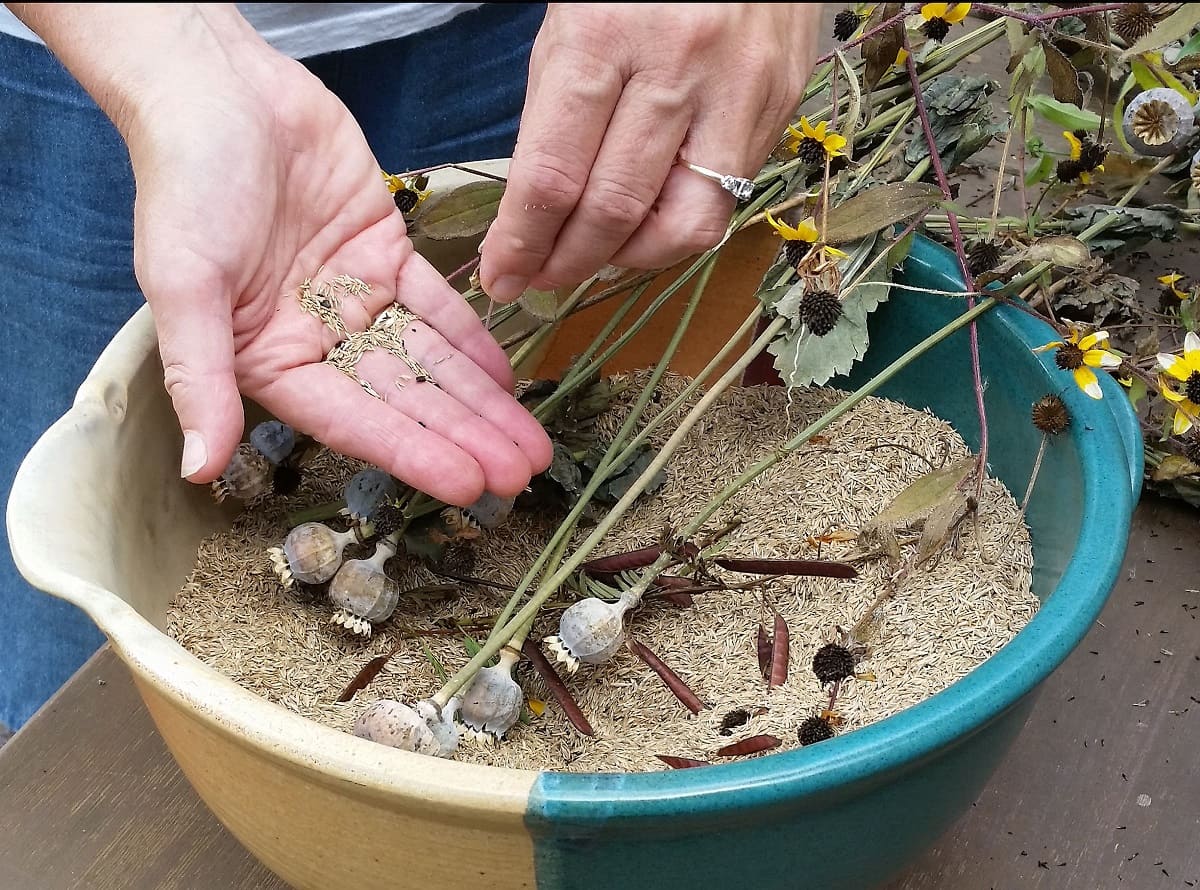
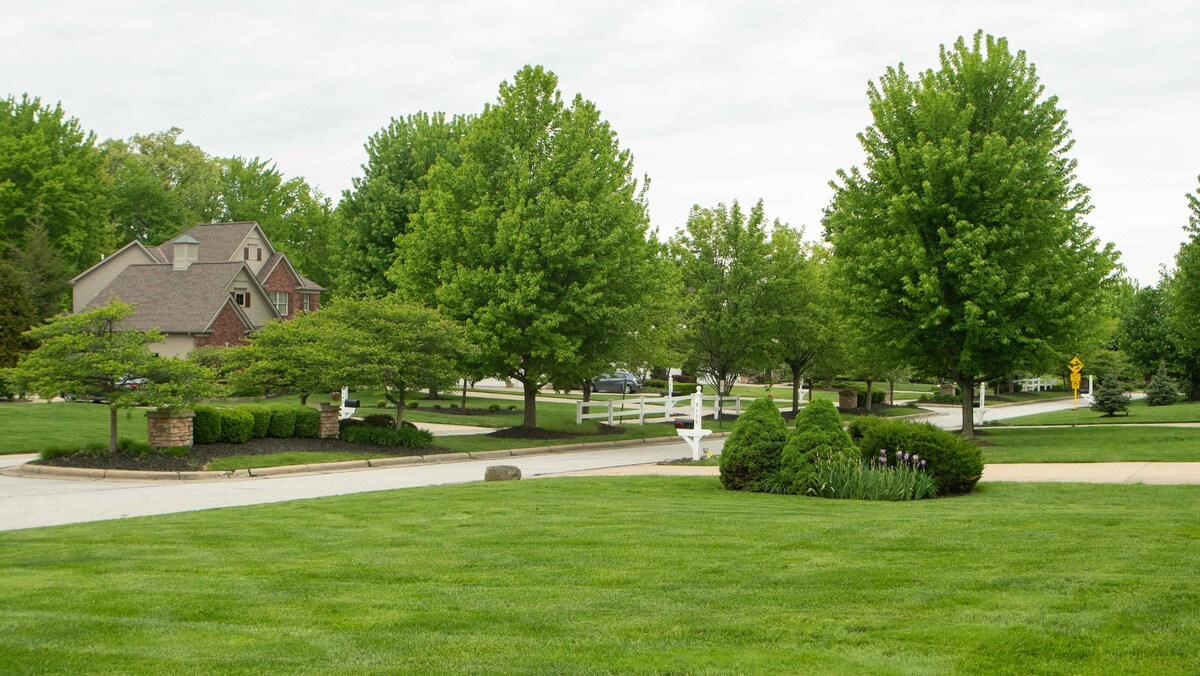
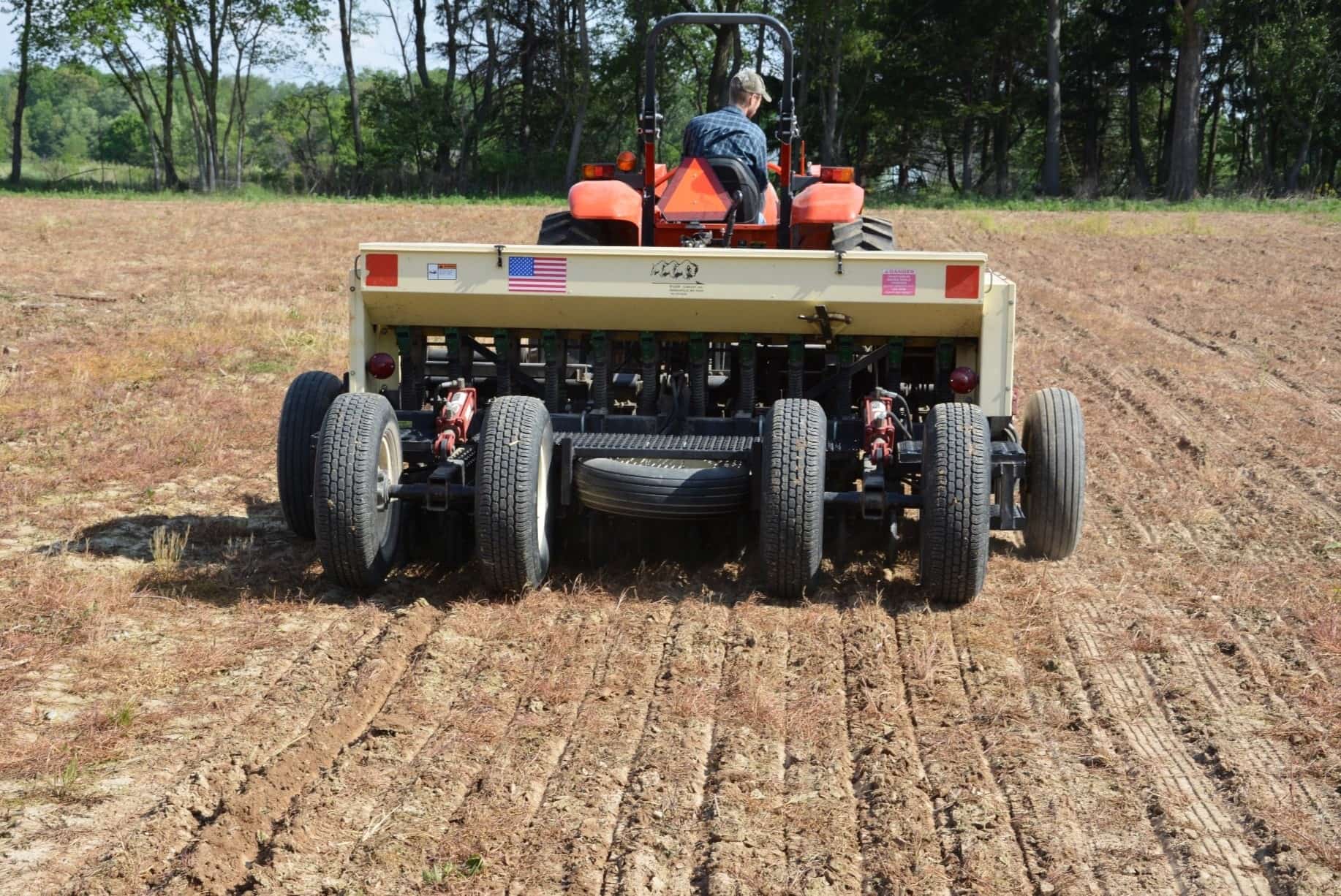
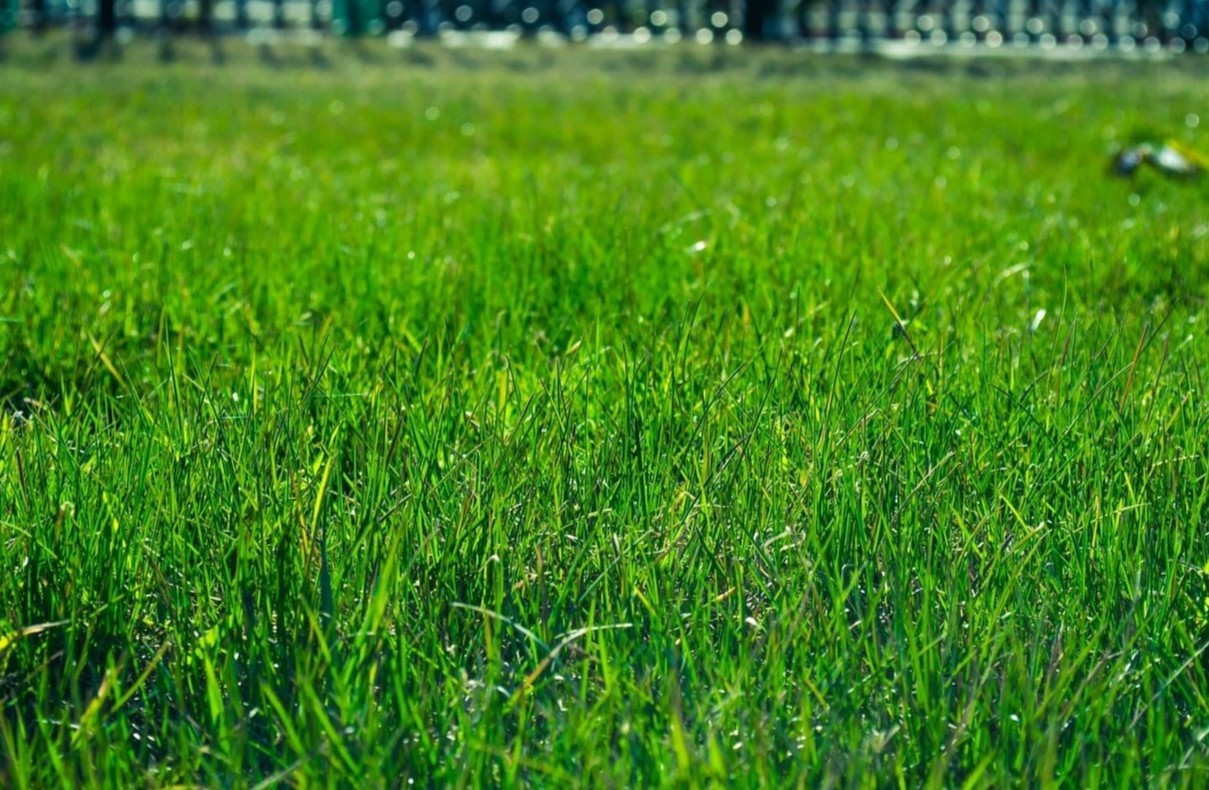
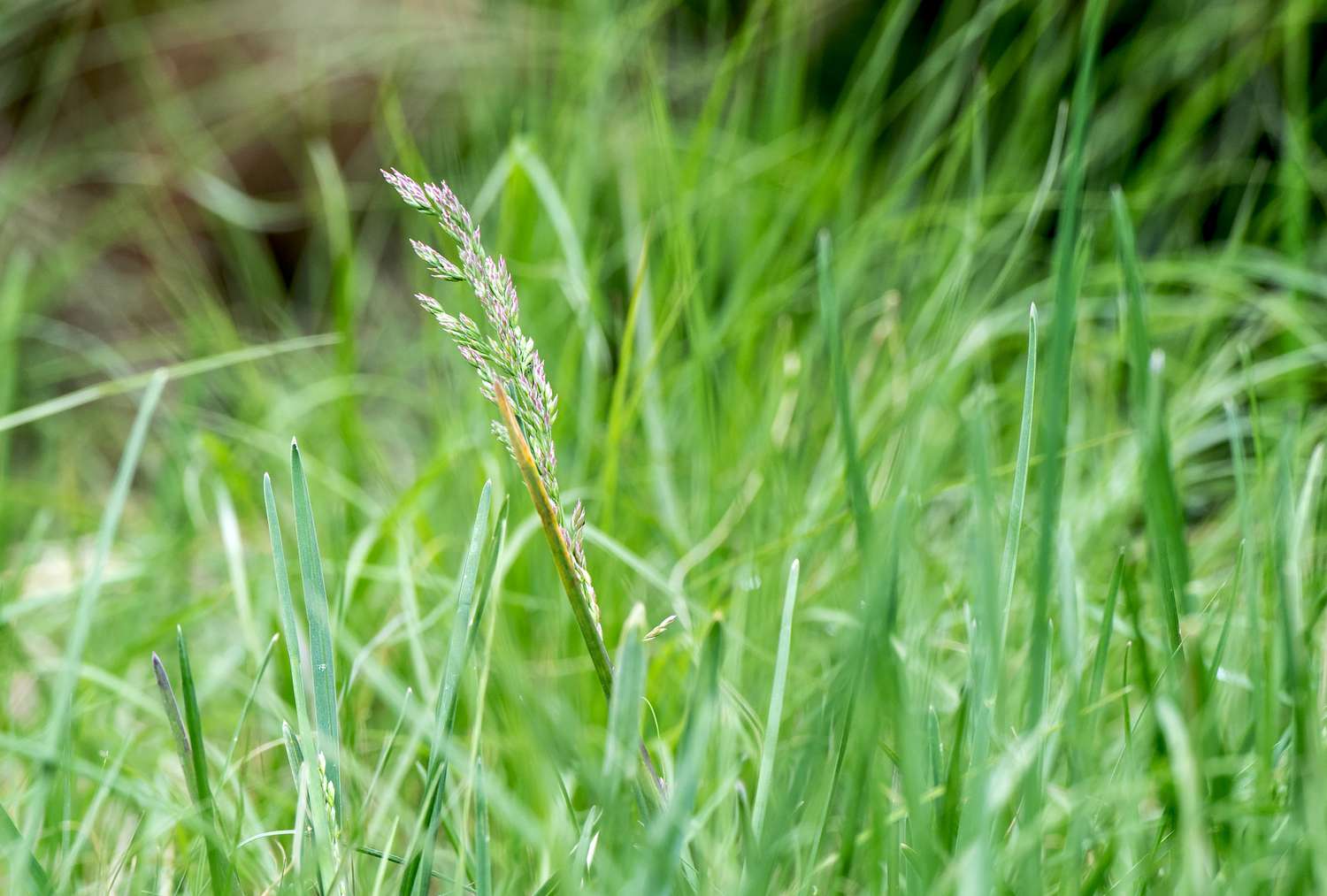
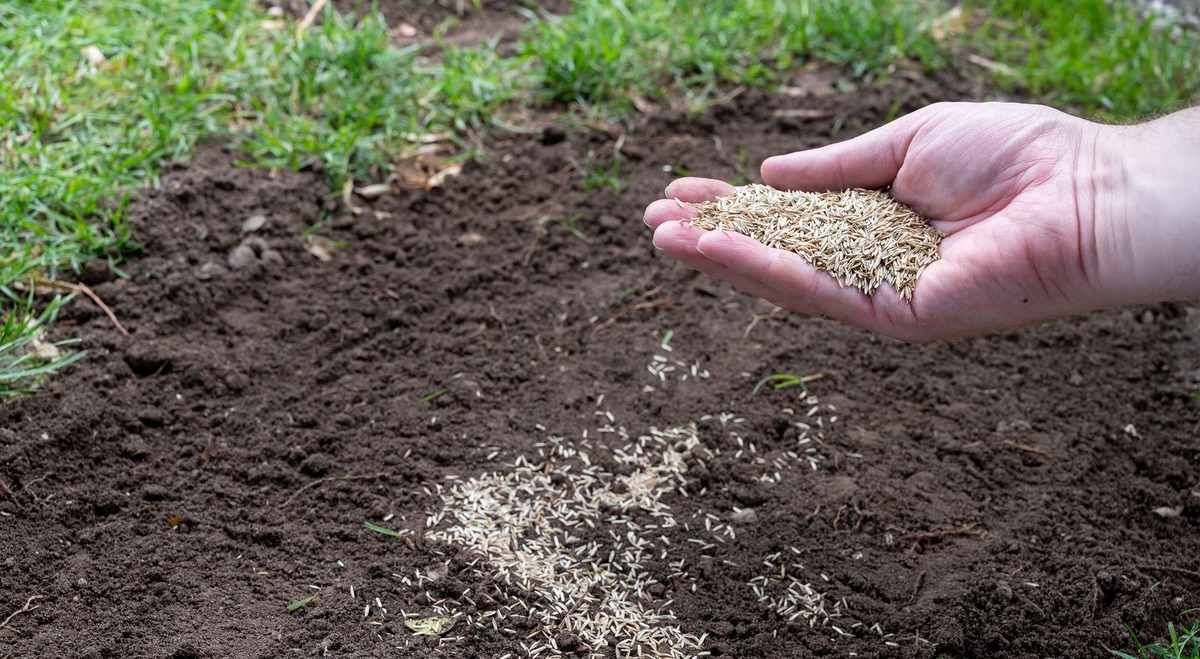
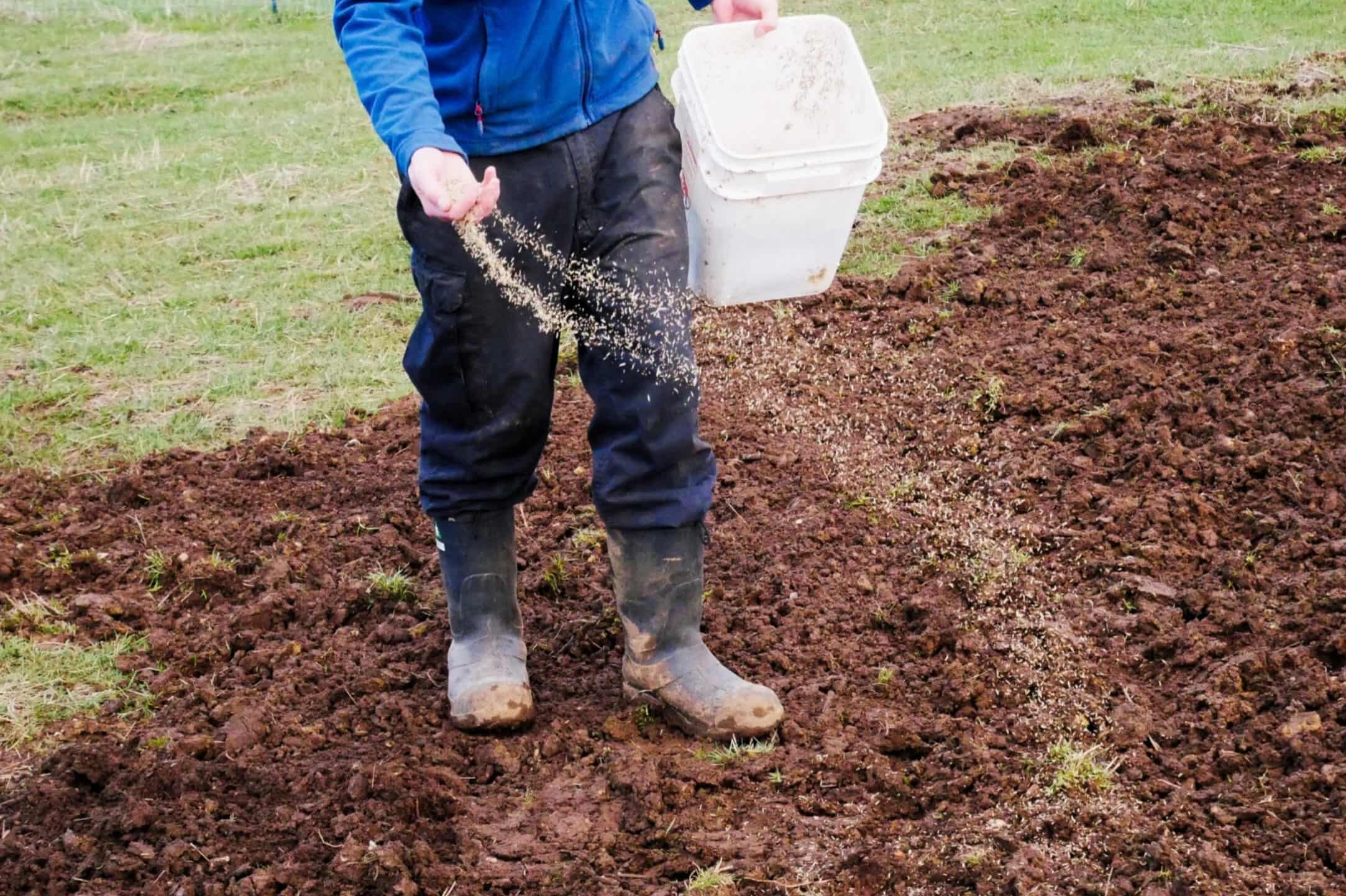
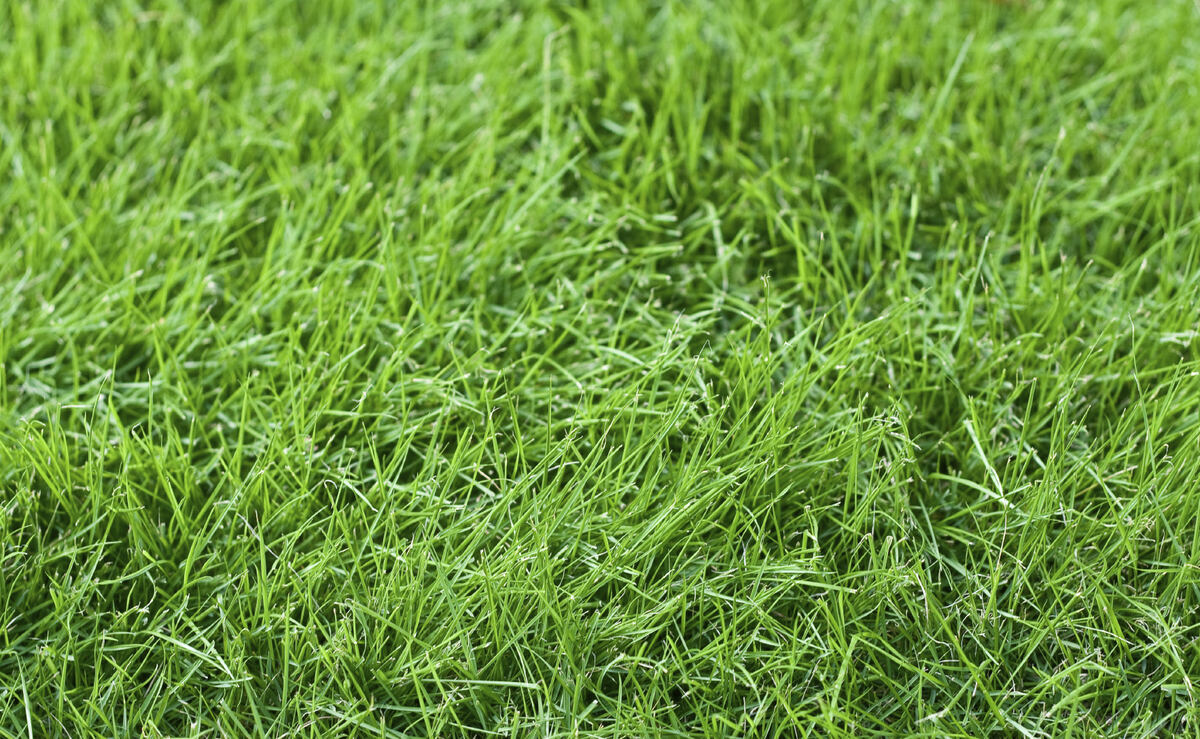
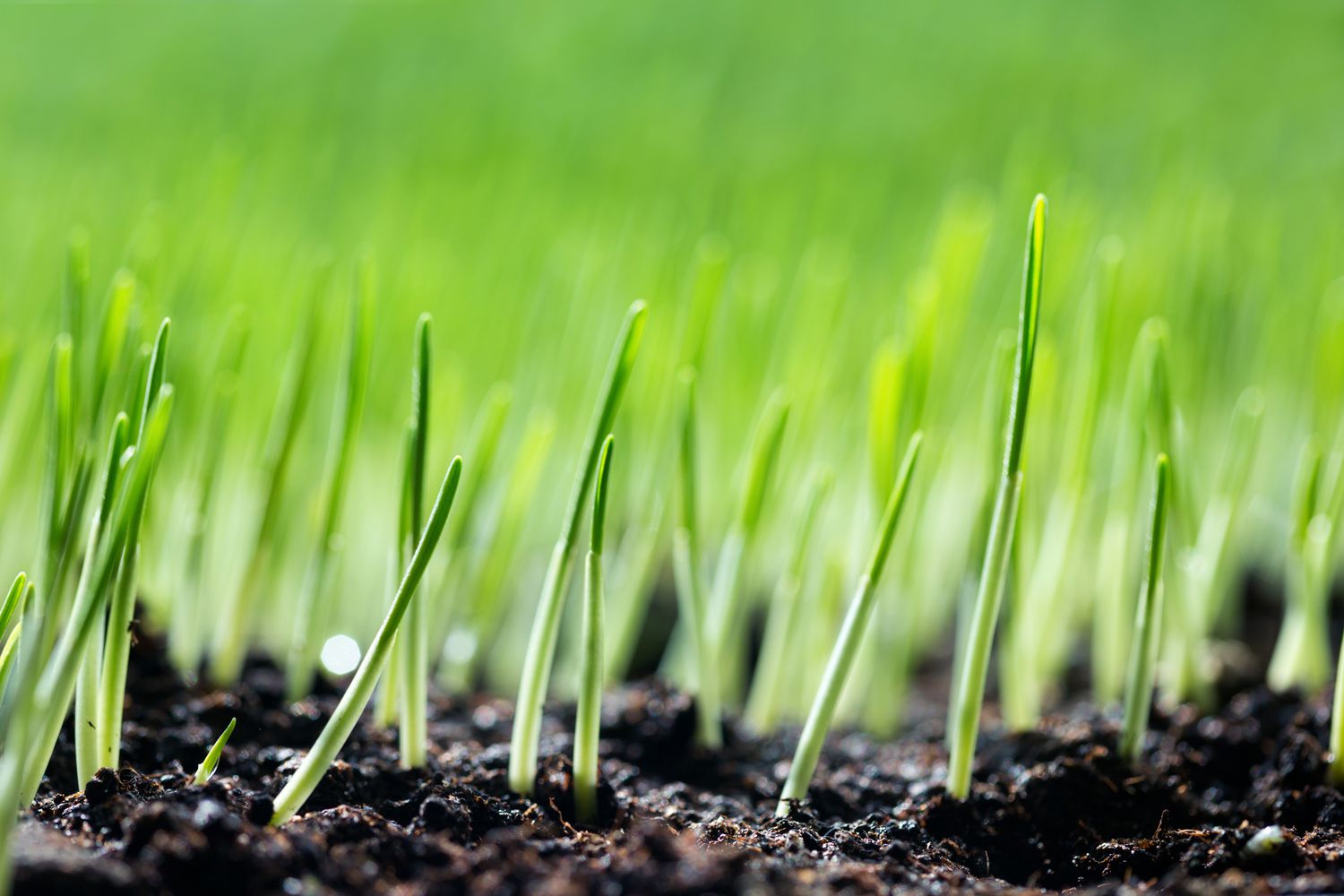

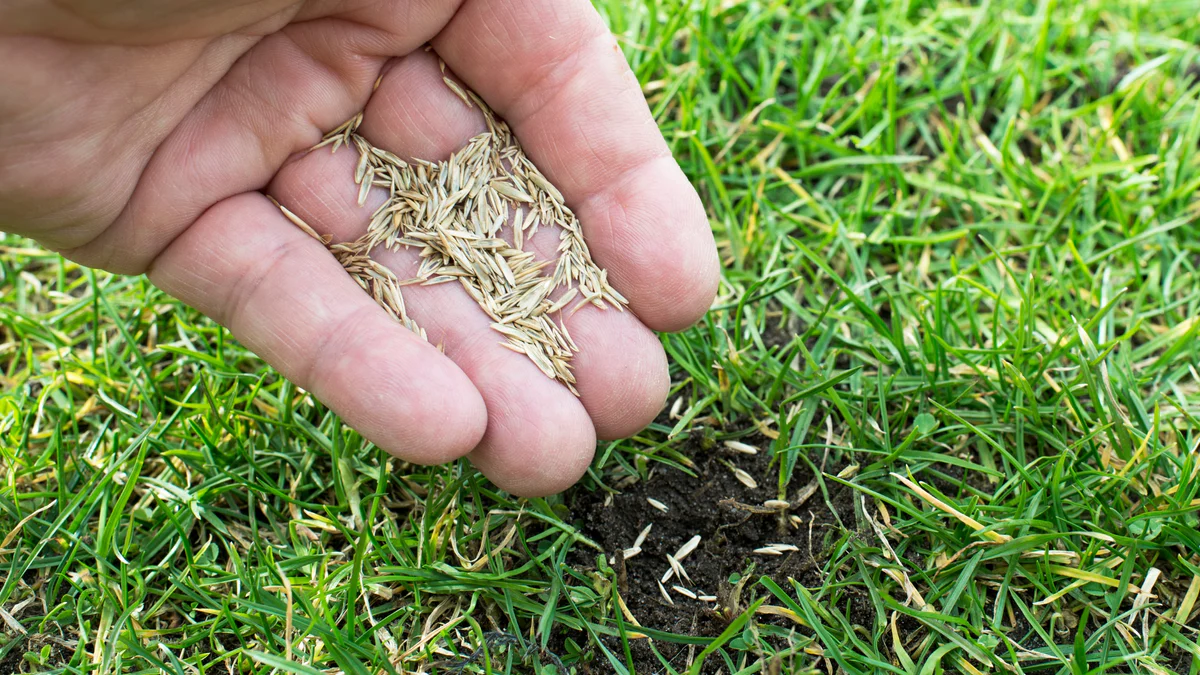
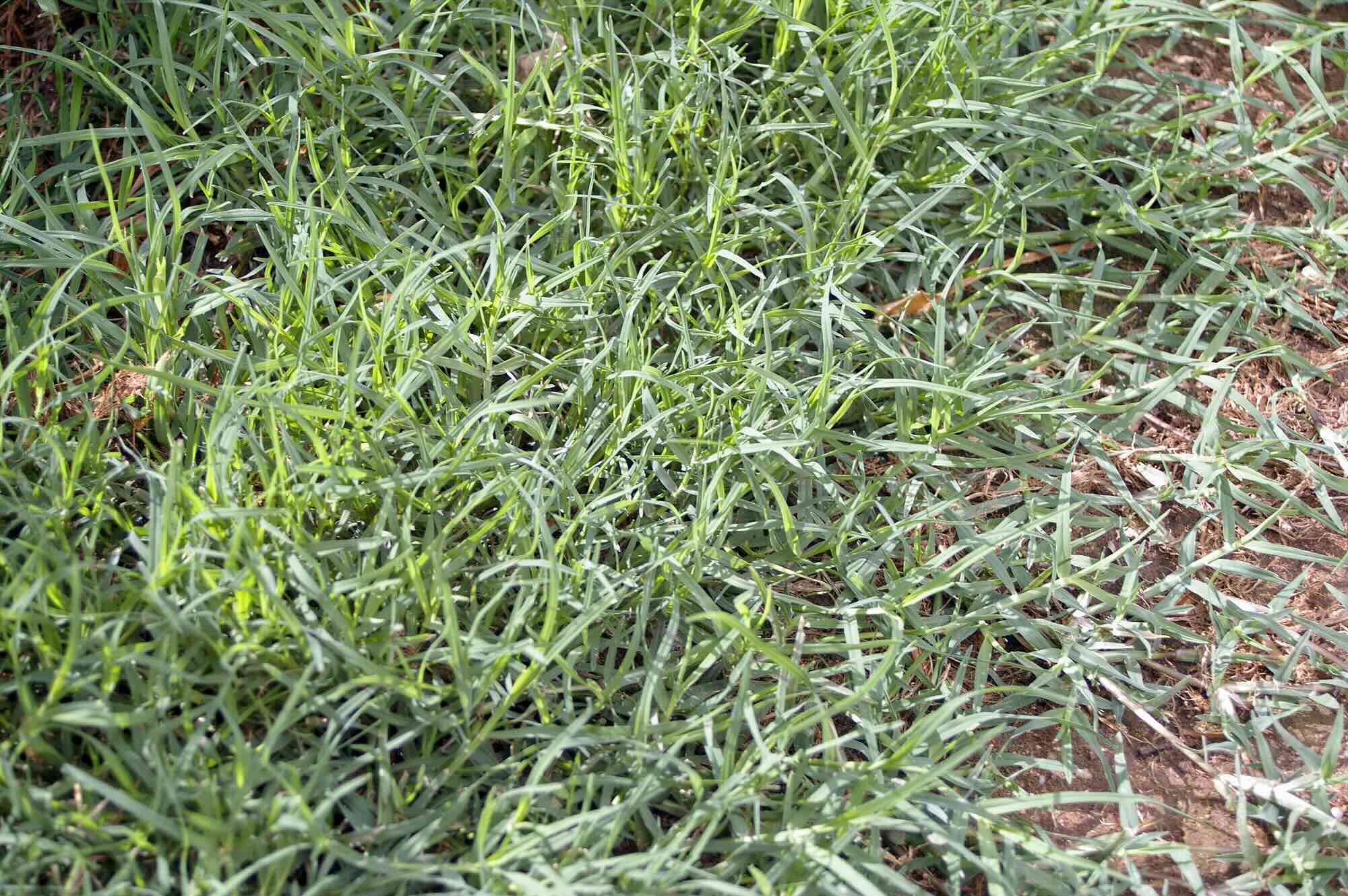
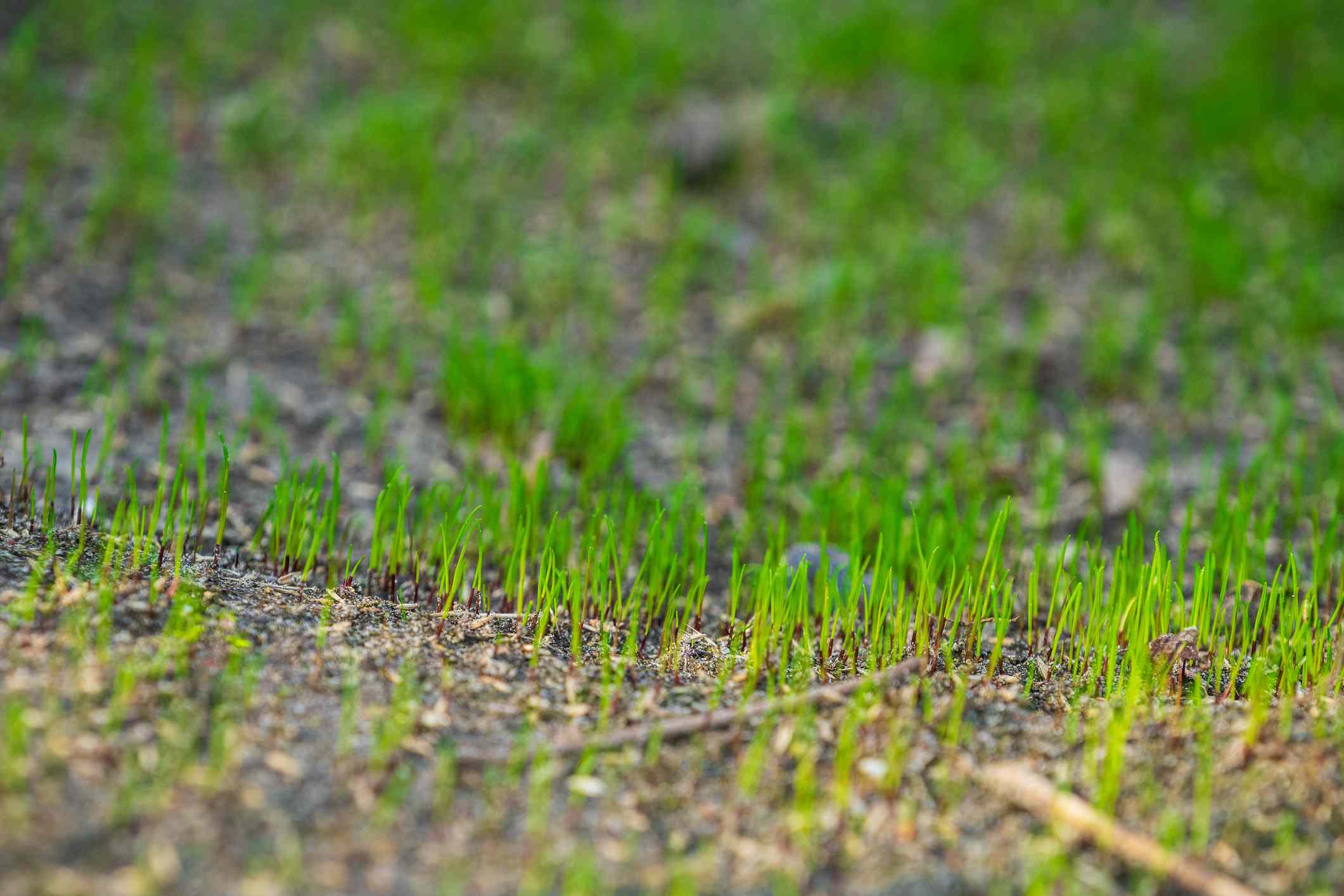
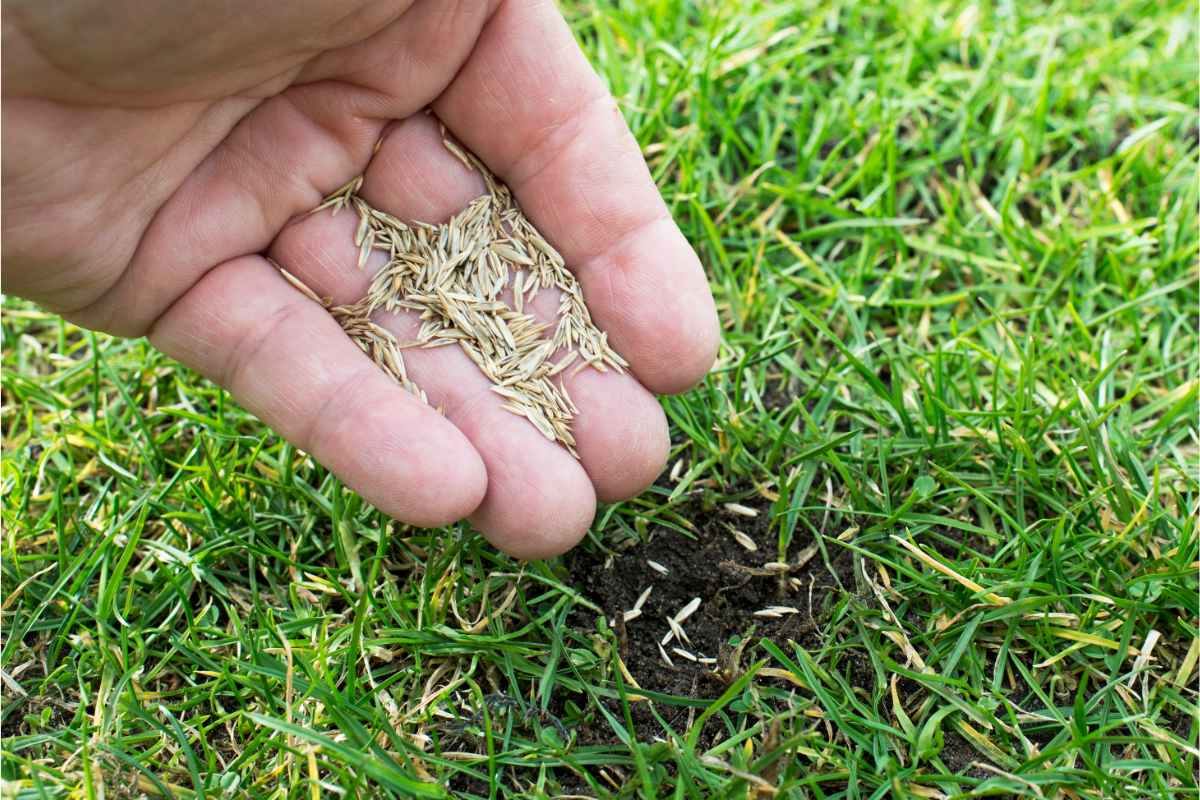

0 thoughts on “When To Seed Grass In Indiana”